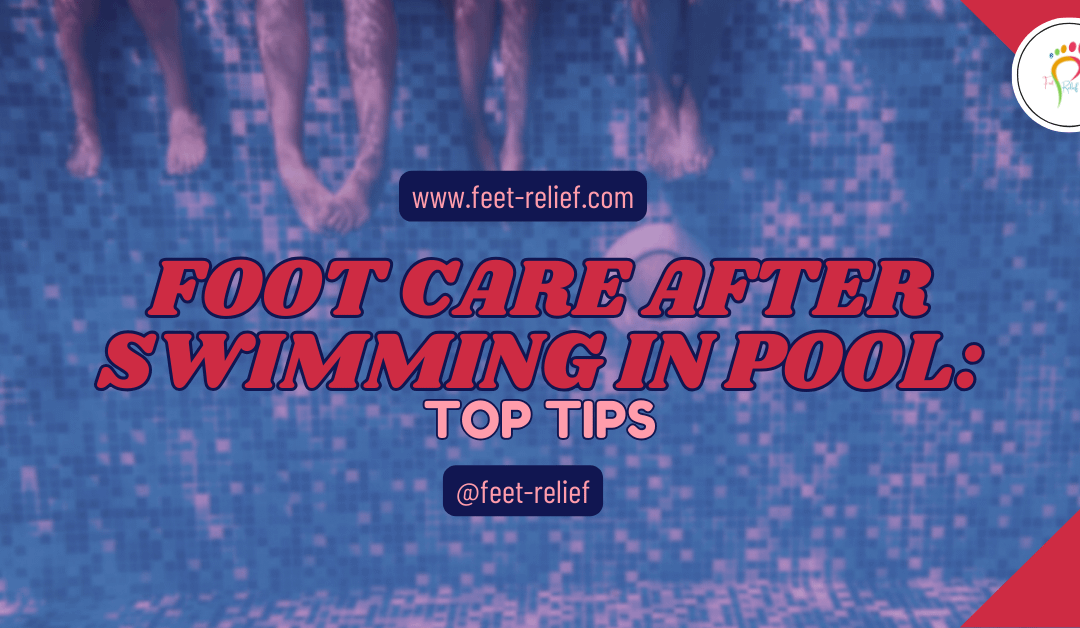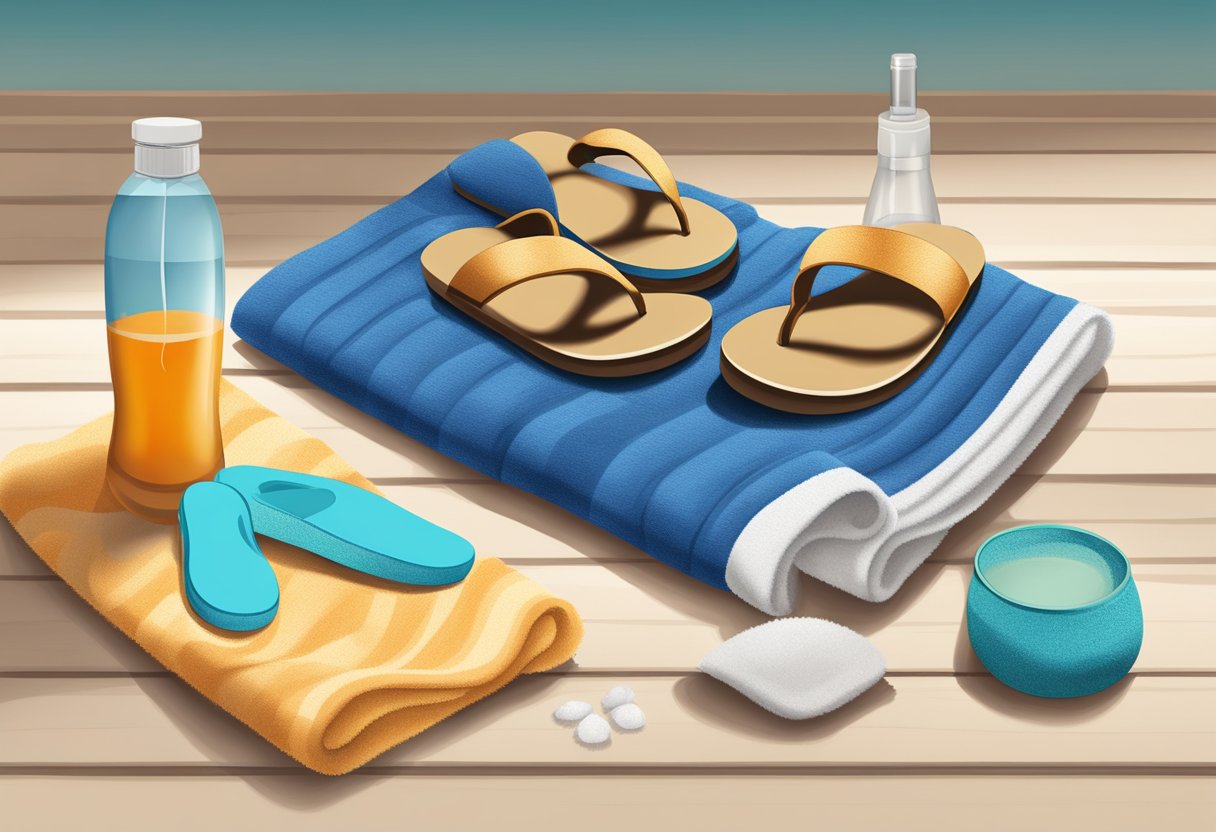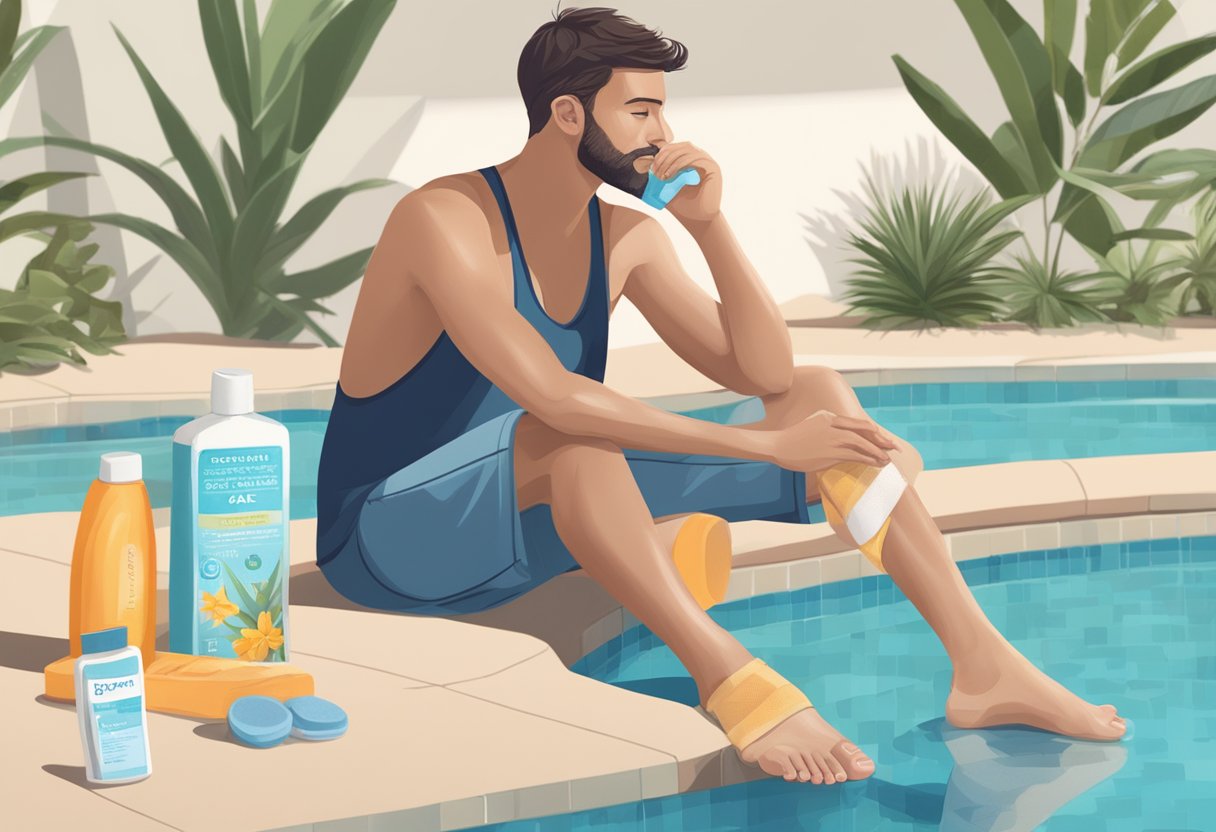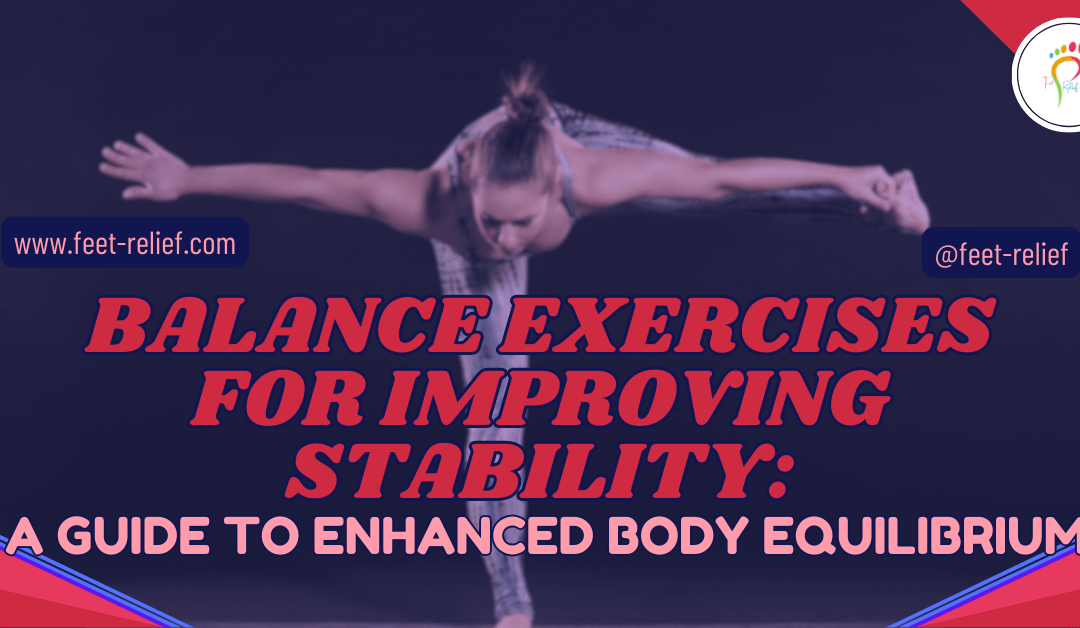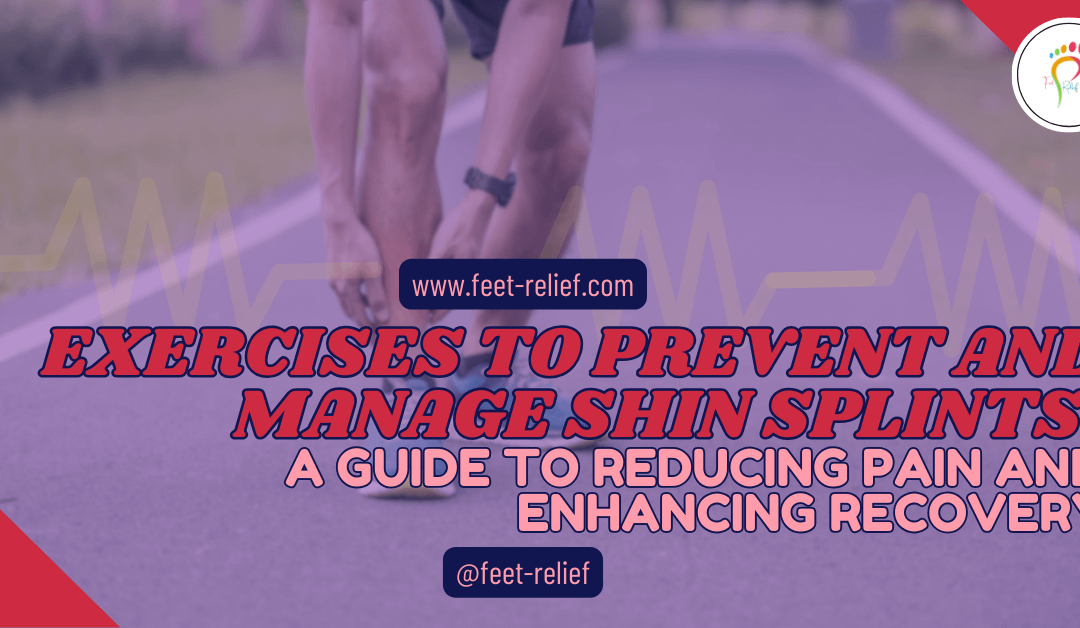
Exercises to Prevent and Manage Shin Splints: A Guide to Reducing Pain and Enhancing Recovery
Exercises to prevent and manage shin splints are a crucial weapon in any athlete’s arsenal. These frustrating aches along the shinbone can sideline you from your favorite activities, but with the right approach, you can keep them at bay.
This guide takes a comprehensive look at shin splints, delving into their causes and risk factors. We’ll provide you with effective prevention strategies, treatment options, and a plan for safely resuming your activities. Our goal is to help you get back to enjoying your workouts without pain. Let’s begin!
Exercises to Prevent and Manage Shin Splints: Keeping You Active and Pain-Free
Shin splints, a common issue among athletes and fitness enthusiasts, refer to the painful sensation along the shinbone that can arise from a variety of activities, particularly those involving running or jumping. To prevent and manage this frustrating condition, incorporating specific exercises into one’s routine is important. These exercises are designed not only to prevent the onset of shin splints by strengthening and stretching the leg muscles but also to provide relief and expedite recovery if they do occur.

Understanding the mechanics behind shin splints is crucial in selecting the right exercises and implementing effective strategies. Preventing shin splints involves a combination of strengthening the muscles around the shinbone and the lower leg, as well as employing appropriate stretching routines to maintain flexibility. Meanwhile, if you’re already experiencing shin splint discomfort, certain treatment approaches can be utilized to manage pain and facilitate a safe return to activity. Ensuring proper technique and progressively increasing the intensity of your activities can significantly contribute to preventing the recurrence of shin splints.
Key Takeaways
- Strengthening and stretching exercises help prevent and manage shin splints.
- A gradual approach to activity increases safety and efficiency.
- Correct form and technique are critical in reducing shin splint risk.
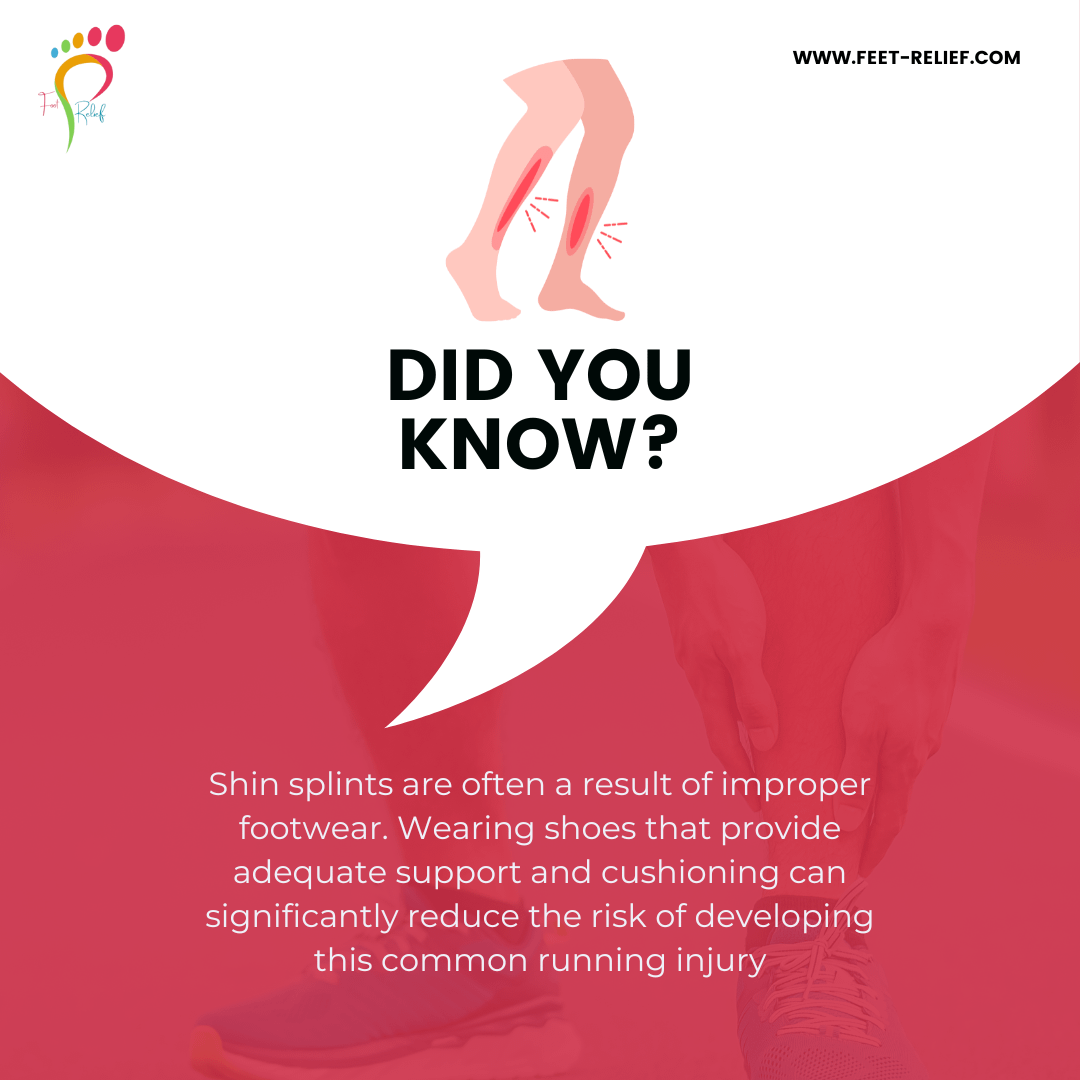
Understanding Shin Splints
Shin splints, or medial tibial stress syndrome, refer to pain along or just behind the tibia, the large bone in the front of your lower leg. This condition is common among runners, dancers, and military recruits.

Anatomy of the Lower Leg
Your lower leg is comprised of several key structures: bones, muscles, tendons, and connective tissues. The tibia and fibula are the two main bones that support your body weight. The muscles surrounding these bones, such as the gastrocnemius and soleus muscles, contribute to the movement and stability of your ankle and foot.
Causes of Shin Splints
Shin splints often occur due to repetitive stress on the shinbone and the tissues attaching the shinbone to the muscles surrounding it. This stress leads to inflammation and pain. Overworking the lower leg by engaging in intense activities without proper conditioning can lead to this overuse injury.
Risk Factors
- Intense Physical Activity: Sudden increases in physical activity or changes in workout intensity.
- Improper Footwear: Wearing shoes that do not offer adequate support can lead to abnormal stress on the lower leg.
- Arch Type: People with flat feet or rigid arches are more prone to developing shin splints.
- Surface: Running or training on hard or uneven surfaces can increase the risk.
By understanding the anatomy, causes, and risk factors, you can take targeted steps to prevent shin splints or manage the condition effectively should it occur.
Preventative Strategies
Implementing preventative strategies is essential in avoiding shin splints. Focus on footwear selection, optimizing your running form, and incorporating cross-training to mitigate injury risk.

Proper Footwear Selection
Selecting the right footwear is crucial for shin splint prevention. Your shoes should provide adequate support and match your foot type. Overpronators may need motion-control shoes, while neutral runners might opt for cushioned footwear. Replace your running shoes every 300-500 miles to ensure proper cushioning and support.
Running Technique and Form
Your running mechanics directly affect shin splints risk. Aim for a midfoot strike rather than landing on your heel, as this can decrease stress on your shins. Keep your strides short and quick to minimize the impact on each step. Utilize technique drills and form checks to maintain a correct running posture and stride mechanics.
Cross-Training Considerations
Incorporate cross-training to reduce repetitive strain on your shins. Engage in low-impact activities like swimming or cycling to allow your shins to recover while maintaining fitness. Include strength training in your routine, focusing on calf, ankle, and foot muscles to improve stability and decrease the likelihood of overuse injuries.
Strengthening Exercises
In managing and preventing shin splints, focusing on exercises that build strength in the lower legs is essential. These specific exercises aim to enhance calf muscle power, provide arch support, and improve ankle mobility — key areas that contribute to shin stability.
Calf and Toe Strength
Your calves play a crucial role in absorbing the shock that travels up your leg when your feet hit the ground. Strengthening your calf muscles helps alleviate the strain on your shins.
- Calf Raises: Perform this exercise by standing with your feet hip-width apart. Push up onto your tiptoes and hold momentarily before lowering back down. Aim for 2-3 sets of 15-20 repetitions. For detailed guidance, consider the steps outlined in this shin splint prevention guide.
- Toe Walks: This low-impact exercise targets the muscles along your shin. Walk on your tiptoes for 30 seconds. Aim for multiple sets to effectively engage the shin muscles as per this list of best exercises for shin splints.
Arch Support Strengthening
Building the strength of your foot arch can be vital in stabilizing your ankle and reducing stress on your shin.
- Towel Scrunches: Place a towel on the floor and use your toes to scrunch it toward you. Do this for 1 minute per foot.
- Heel Walks: Lift the front of your feet and walk on your heels for 30-60 seconds. It will help to fortify the muscles that support your arch.
Ankle Mobility
Ankle flexibility and strength are important for preventing excessive pronation and improving overall leg alignment.
- Ankle Circles: Sit down with your feet off the ground and move your ankles in circular motions. Do 20 circles in each direction, for each ankle.
- Alphabet Writing: Use the tip of your foot to ‘write’ the alphabet in the air, which encourages a full range of motion.
Stretching Routines
Regular stretching can greatly reduce the risk of shin splints by improving flexibility and balance in your lower legs. Incorporate these specific stretches into your routine to target areas commonly affected by shin splints.
Calf and Achilles Stretches
To maintain flexibility in the calf muscles and relieve tension in your Achilles tendon, start with a Wall Calf Stretch. Face a wall, extend your arms forward, and place your hands flat against the wall. Step one foot back, keeping it flat on the ground, and push your heel down until you feel a stretch in the calf muscle. Hold for 15 to 30 seconds and switch legs.
Tibialis Anterior Stretch
Stretching the tibialis anterior muscle is crucial because it can tighten when you have shin splints. To perform this stretch, use a Kneeling Shin Stretch. Kneel on the ground and sit back on your heels with the tops of your feet flat on the floor. Gently press down to increase the stretch and hold for 15 to 30 seconds.
Hamstring and Quadriceps Stretches
Keeping your quadriceps and hamstrings flexible can affect the balance of your leg muscles. For the hamstrings, you can try a Hamstring Wall Stretch, where you lie on your back, place your foot against a wall, and straighten your knee to stretch the hamstring. Finally, standing quad stretches will aid in stretching the front thigh muscle. Stand up straight, pull your foot towards your glutes, and hold for 15 to 30 seconds, ensuring your knee points down to maximize the stretch.
Treatment Approaches
To effectively manage shin splints, your approach should include immediate care post-injury, targeted rehabilitation exercises, and potentially the use of orthotics to aid recovery.
Immediate Actions Post-Injury
After experiencing shin pain, immediately rest your legs to avoid further injury. Apply ice packs to the affected area for 15-20 minutes at a time several times a day to reduce swelling. Elevate your legs when possible, and consider using compression to alleviate swelling and provide support.
Rehabilitation Exercises
Once acute pain decreases, gradually introduce rehabilitation exercises. Exercises like toe curls and heel drops can strengthen and stretch the muscles around the shin. Perform exercises in sets and repetitions that do not worsen pain.
- Toe curls: Place a towel flat on the floor and use your toes to scrunch it towards you.
- Heel drops: Stand with your heels hanging off a step and slowly lower them below the level of the step.
For specific exercises intended to reduce shin splint pain, you can practice hip raises or engage in calf stretches. These exercises help promote muscle balance and injury prevention.
Use of Orthotics
If your shin splints are related to foot mechanics, orthotics may be beneficial. They can provide support and correct structural abnormalities. Custom orthotics should be considered, but over-the-counter insoles that offer arch support can also be effective. Always have your gait and foot type assessed to ensure you’re using the right orthotic solution.
- Orthotics for flat feet: Look for insoles with arch support.
- Orthotics for high arches: Choose insoles with cushioning to absorb impact.
Remember to integrate these treatment approaches with advice from healthcare professionals to optimize your recovery.
Recovery And Return To Activity
After sustaining shin splints, it’s crucial to follow a structured approach to recovery and a careful return to physical activity. These methods help ensure your return to running or sports is safe and sustainable, reducing the risk of re-injury.
Assessing Recovery Progress
Before resuming strenuous activities, confirm that you’ve properly healed. Signs of recovery include absence of pain when pressing on the tibia and during regular walking. Your ability to perform gentle stretches and strengthening exercises without discomfort also suggests that the shin splints are resolving. For instance, if you can complete 15-20 calf raises without pain, you may be ready to move forward.
Gradual Return to Running
When returning to running, start at a lower intensity and volume. You might begin with a walk-run protocol:
- Start with 1-minute jogging intervals, interspersed with 5 minutes of walking.
- Gradually increase jog time and decrease walk time over several weeks.
Monitor for any signs of pain, and if they reappear, dial back the intensity. For more structured guidance, refer to coaching-provided running regimes.
Long-Term Management Strategies
To prevent shin splints from recurring, integrate preventative exercises into your regular workout routine, like toe curls and resistance band work to target the shin muscles. Incorporate proper warm-up and cool-down routines, paying attention to the calf and shin areas. Adjust running form and footwear if necessary, since improper gear or technique can contribute to shin splints. Maintain a balanced exercise plan with adequate rest to allow for muscle recovery.
Exercises to Prevent and Manage Shin Splints: Your Path to Pain-Free Movement
By incorporating the strategies outlined in this guide, you’ve equipped yourself with a powerful toolkit to combat shin splints. From understanding the causes and risk factors to implementing preventative exercises, treatment approaches, and a safe return-to-activity plan, you now have the knowledge to keep yourself moving and pain-free.

Have you ever battled shin splints? Share your experiences and any questions you may have in the comments below. Remember, consistency is key! By integrating these exercises and maintaining proper form in your activities, you can significantly decrease your risk of shin splints and keep yourself on the road to achieving your fitness goals. Thanks for reading!
Frequently Asked Questions
Understanding proper techniques and exercises is crucial when dealing with shin splints. This section provides information to help you manage and prevent this common condition.
What are the best stretching routines to manage shin splints?
Stretching routines that target the muscles surrounding your shins are beneficial. For example, doing toe curls and wall stretches can help alleviate the symptoms of shin splints.
How do calf strengthening exercises aid in the prevention of shin splints?
Calf strengthening exercises provide stability to your lower legs and can reduce the strain on your shins. Performing exercises like calf raises aids in developing the muscles to better support your shin bones.
What are the recommended exercises by the NHS for shin splints recovery?
The NHS recommends gentle stretching of the calf muscles, along with specific exercises like heel drops and toe raises, to aid in recovery from shin splints.
Can specific exercise modifications help in avoiding shin splints?
Yes, modifying how you exercise can help prevent shin splints. Activities such as running on softer surfaces and choosing footwear with proper support can significantly impact shin health.
What types of foot and ankle exercises can improve shin splint conditions?
Exercises such as ankle dorsiflexion, ankle inversion, and eversions strengthen the lower leg muscles, which can improve shin splint conditions and enhance overall foot health.
Are there techniques to strengthen the shin area and prevent the occurrence of shin splints?
Techniques to strengthen the shin area include shin muscle exercises like toe taps and resistance band exercises. Building the anterior tibialis muscle helps prevent shin splints by supporting the tibia during high-impact activities.
Conquer Foot Pain and Join the Community!
Ready to ditch the discomfort and embrace pain-free movement? Visit our website, feet-relief.com, for engaging content, expert product reviews, and everything you need to keep your feet happy. Join our passionate community on Facebook (https://www.facebook.com/4feet.relief) and connect with fellow foot health enthusiasts!

